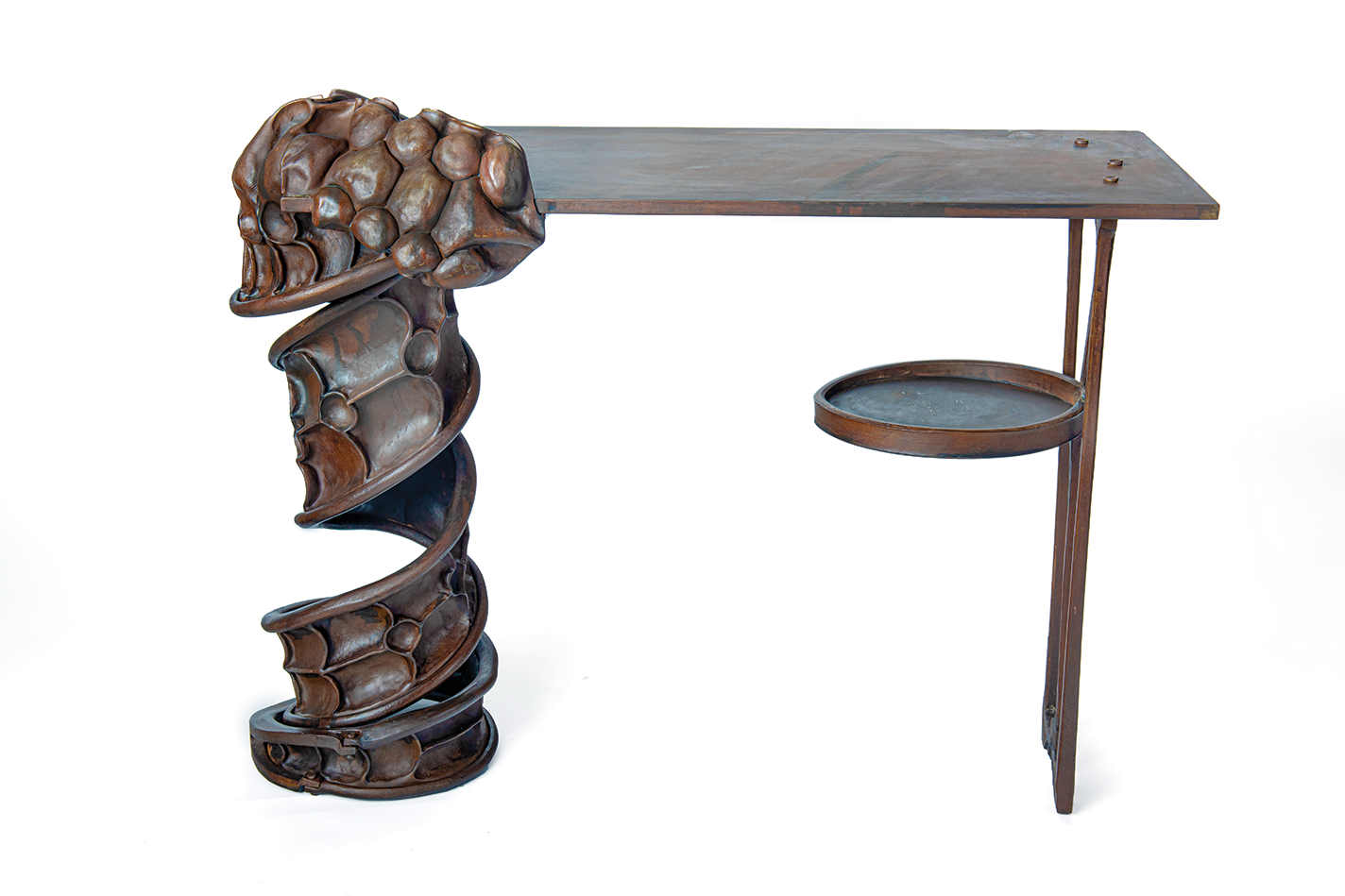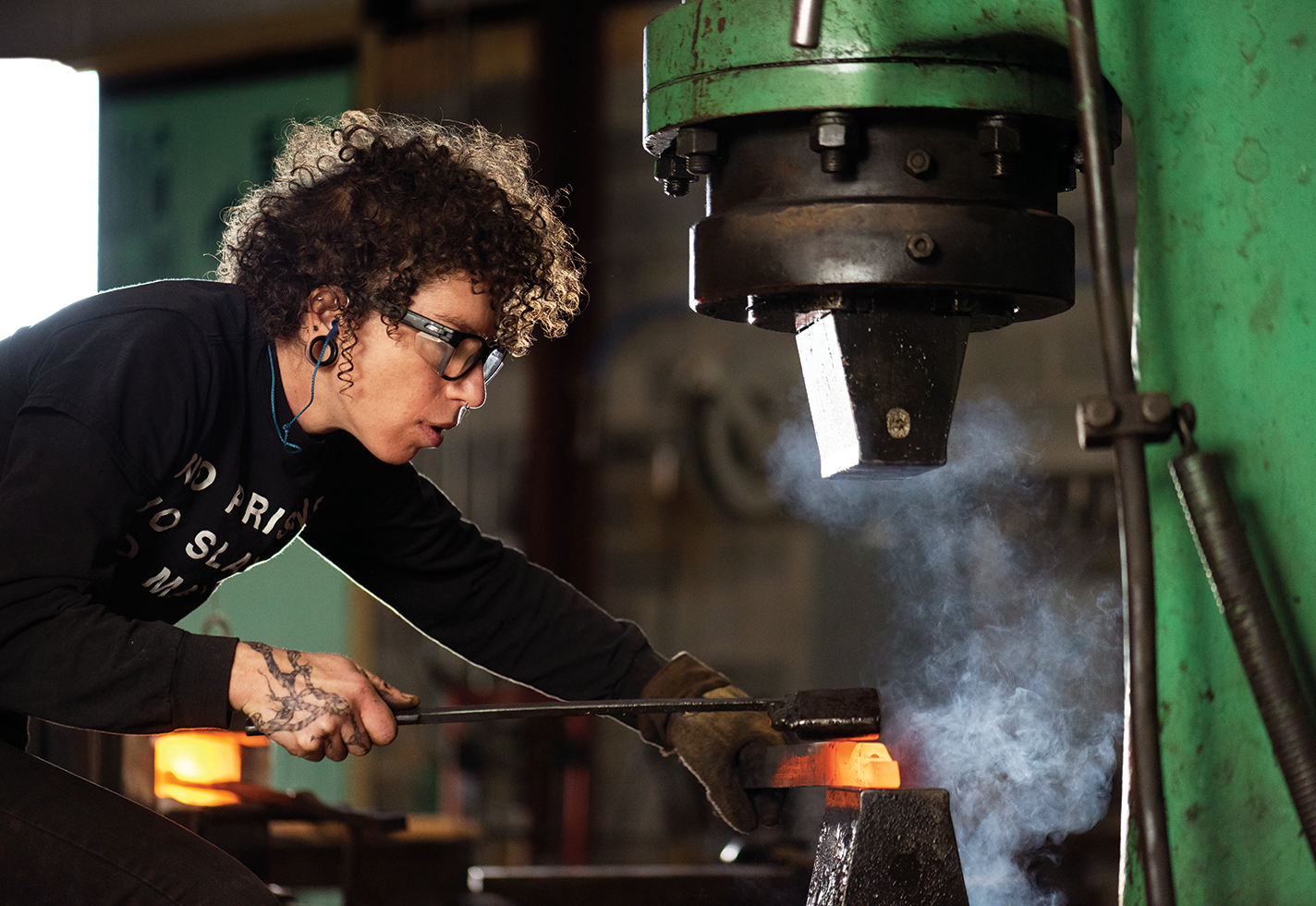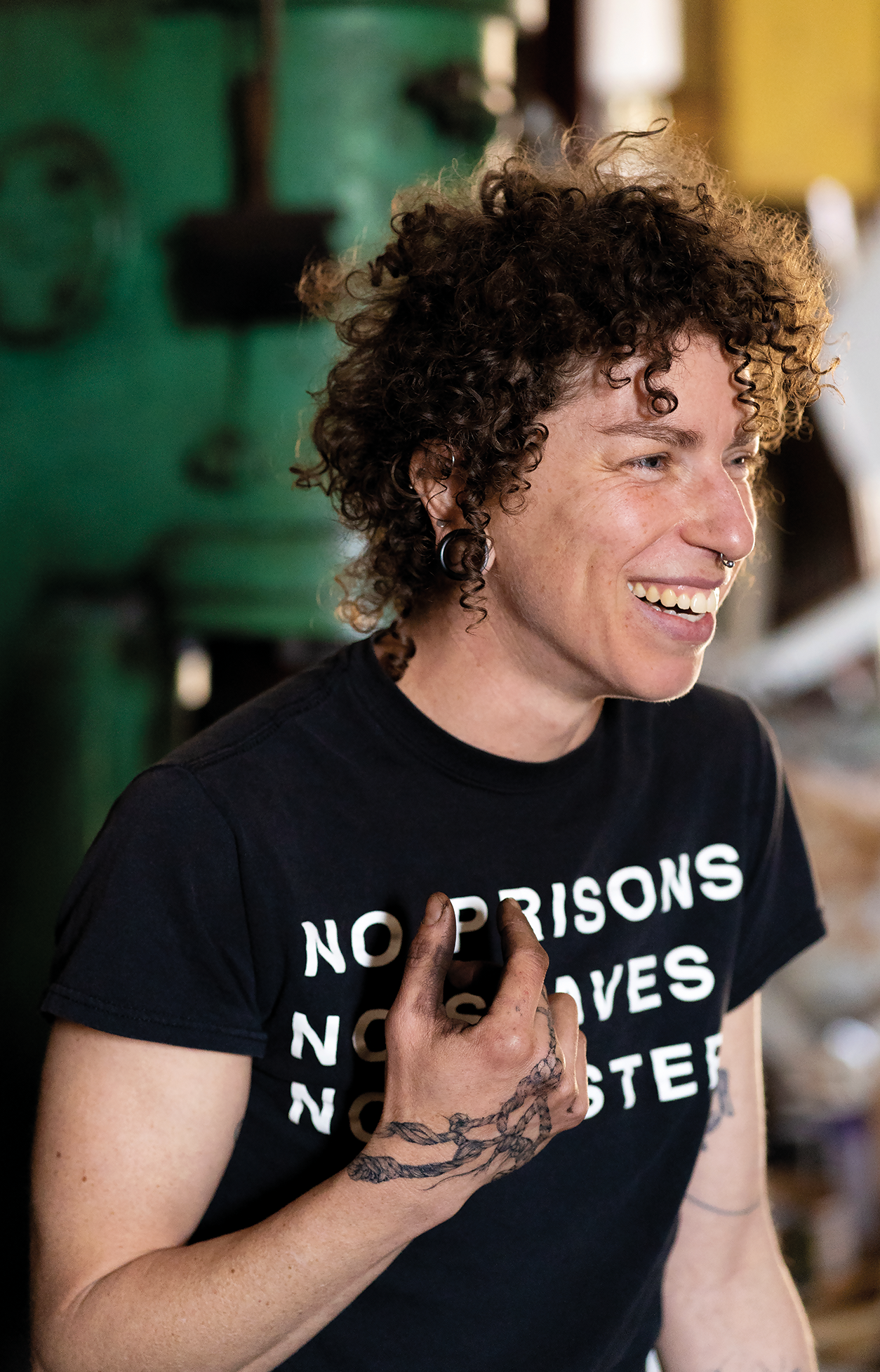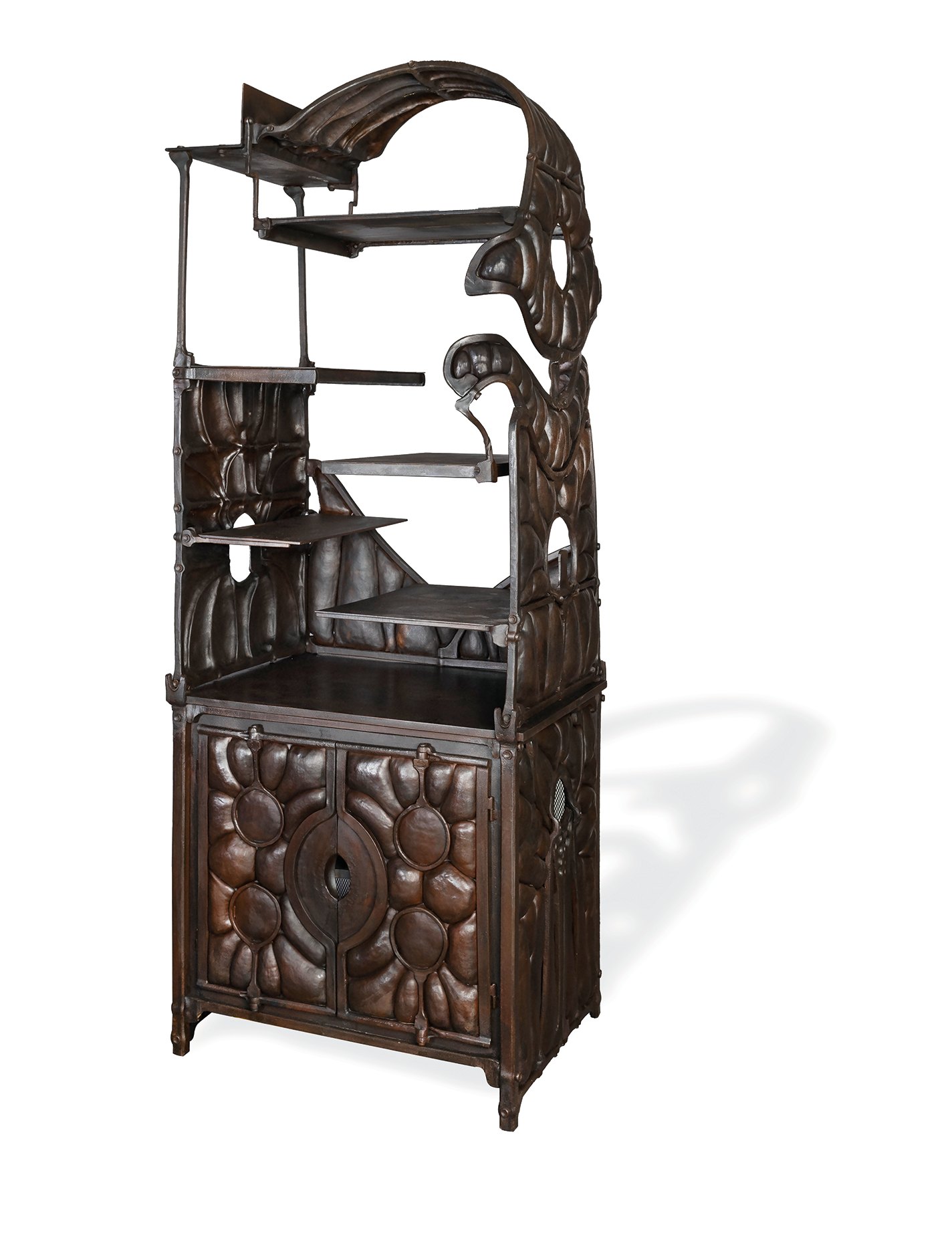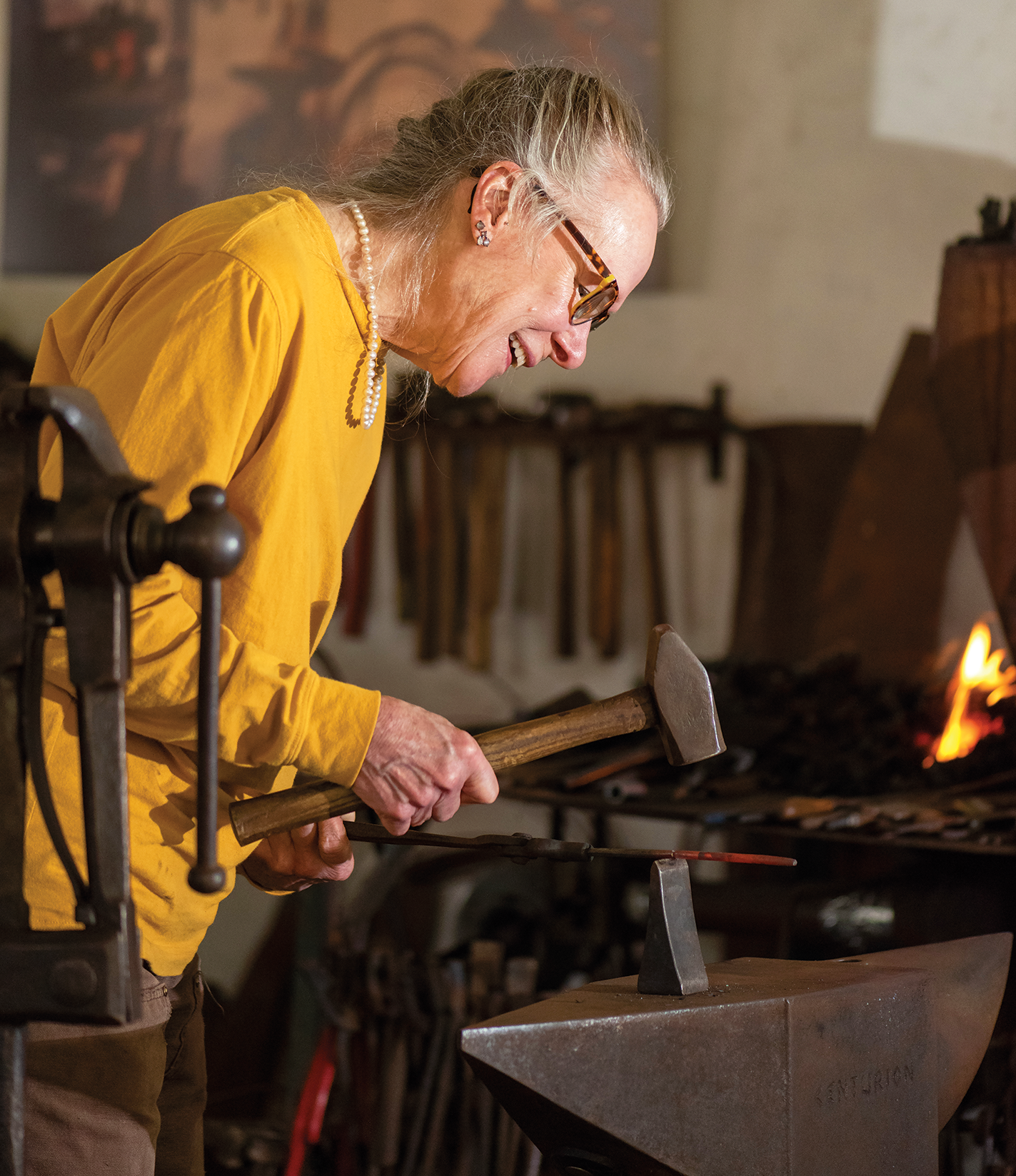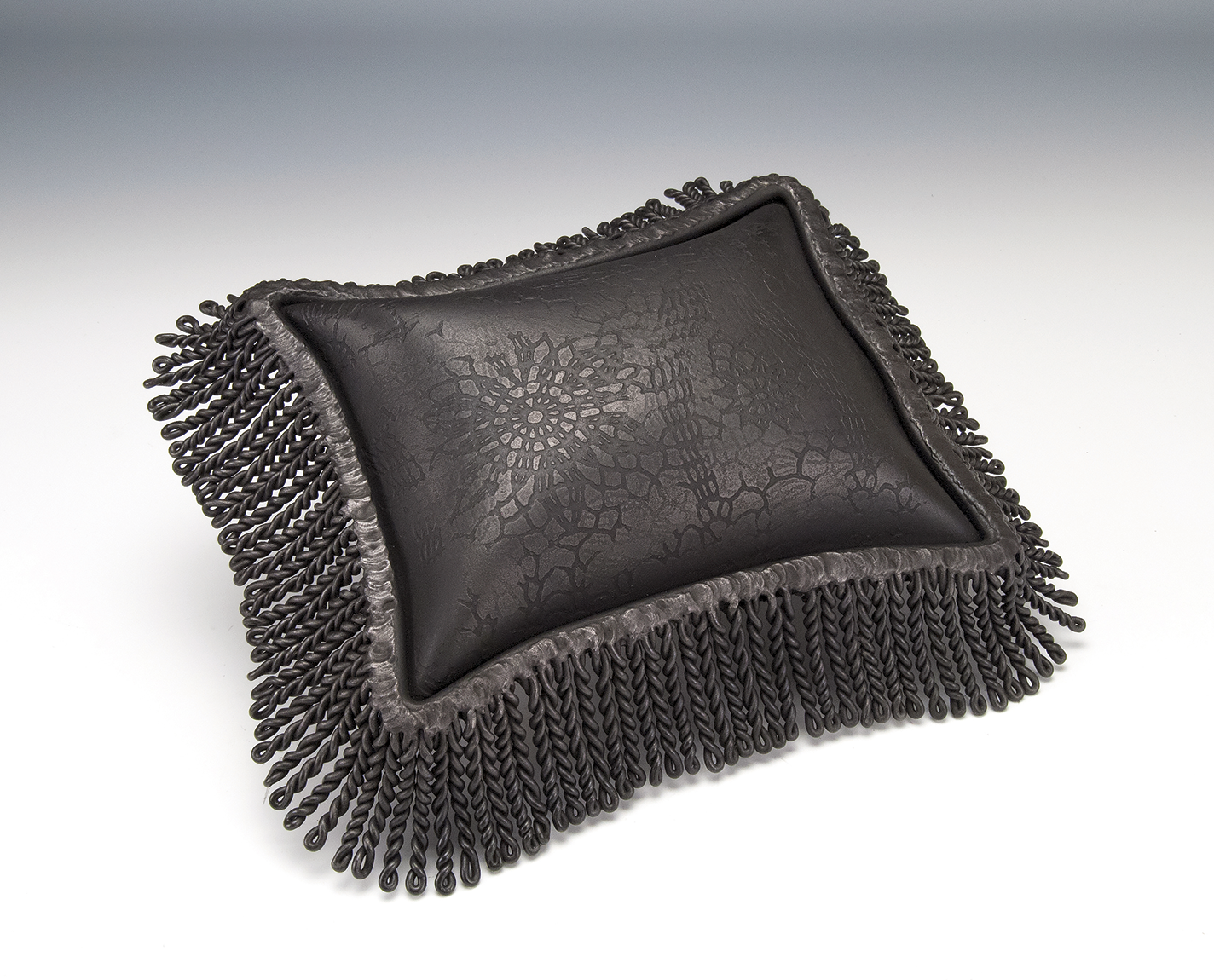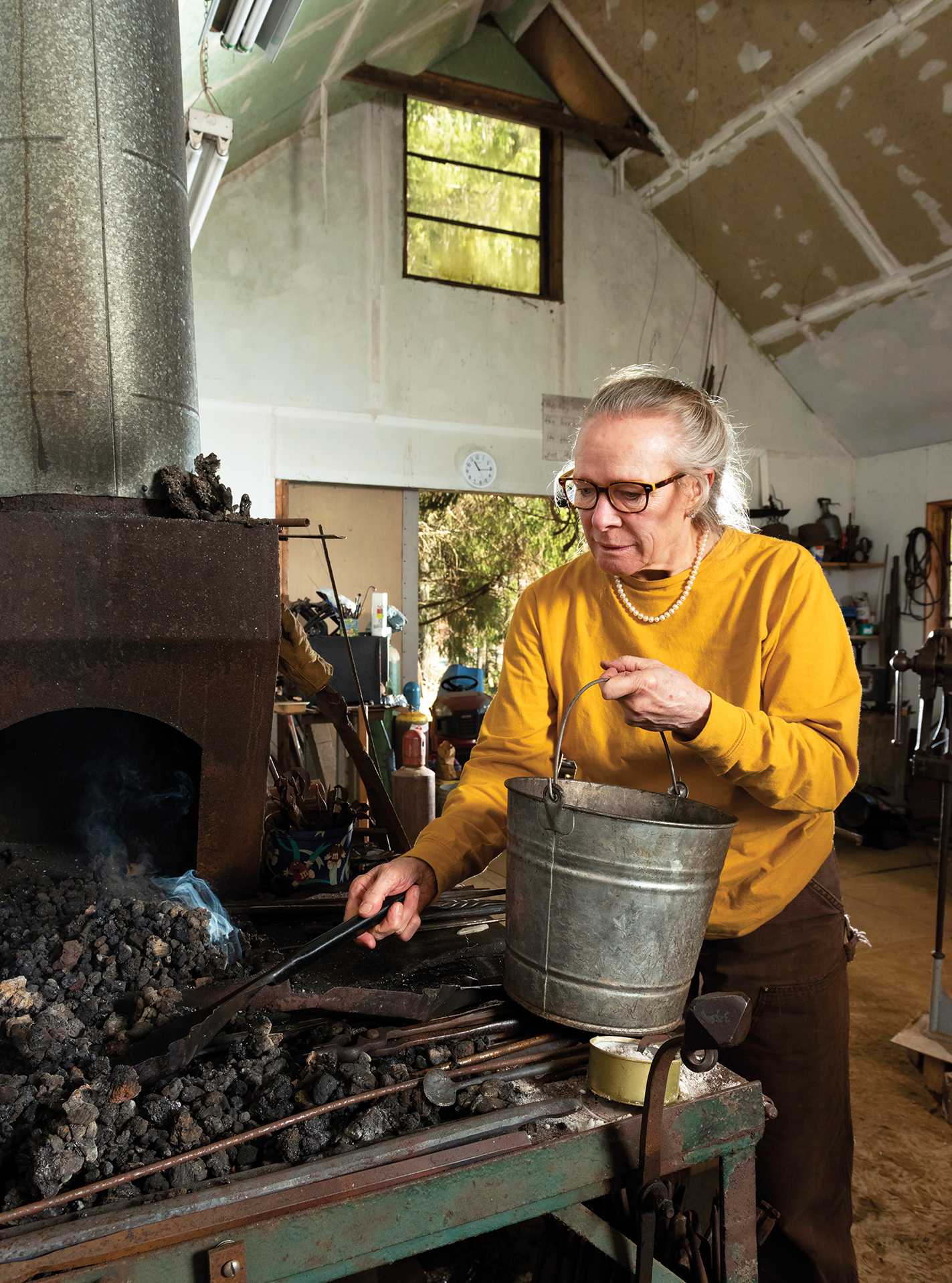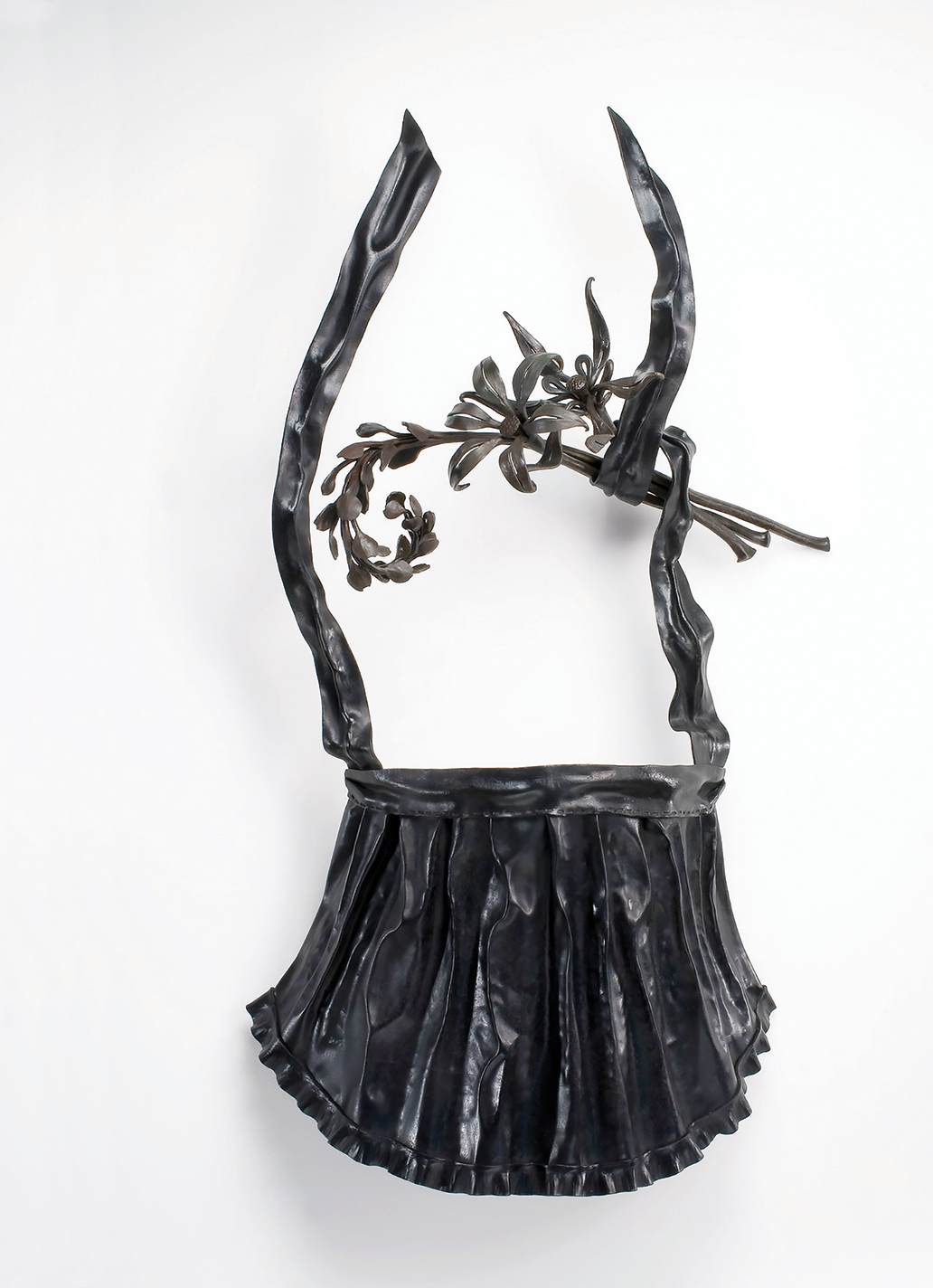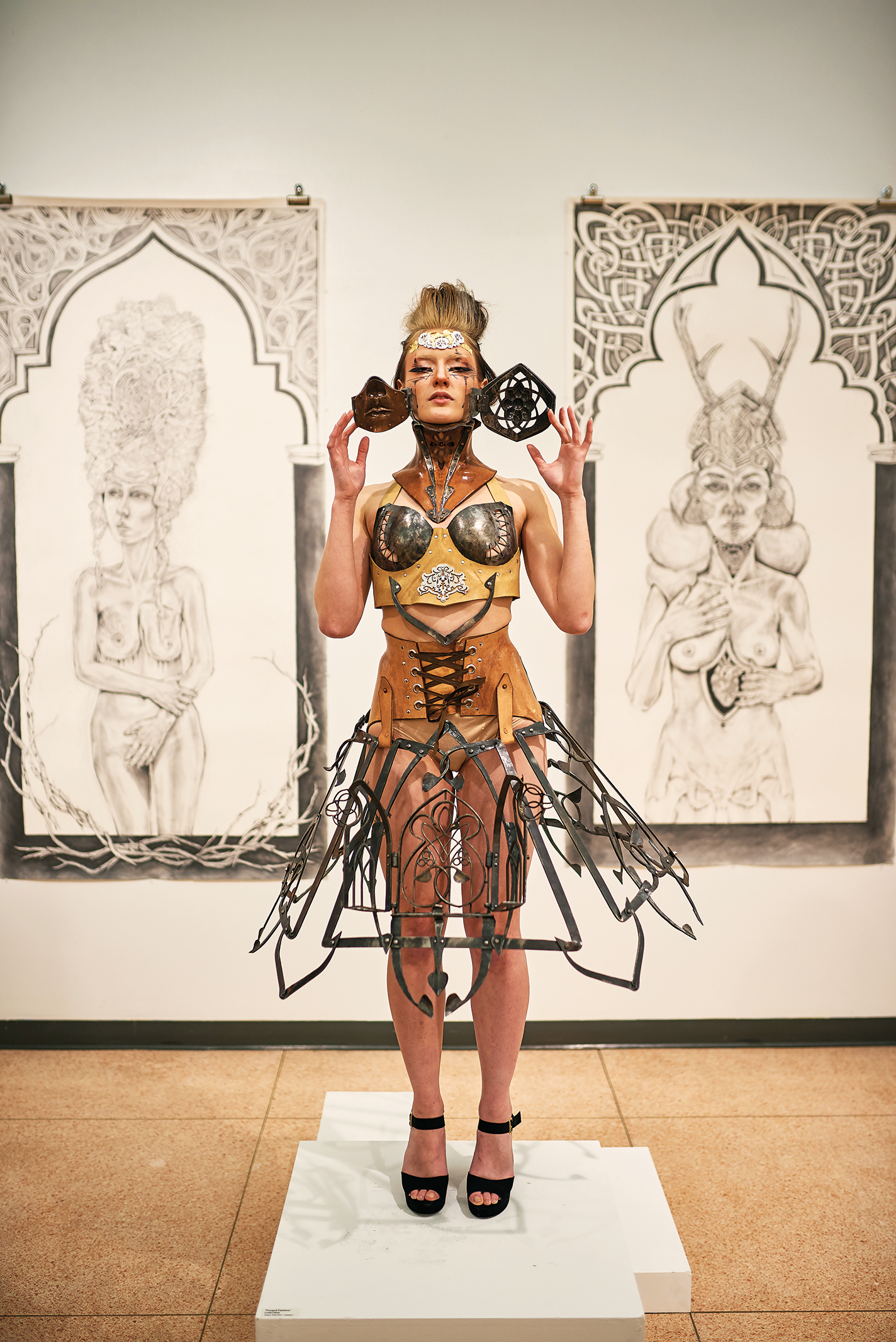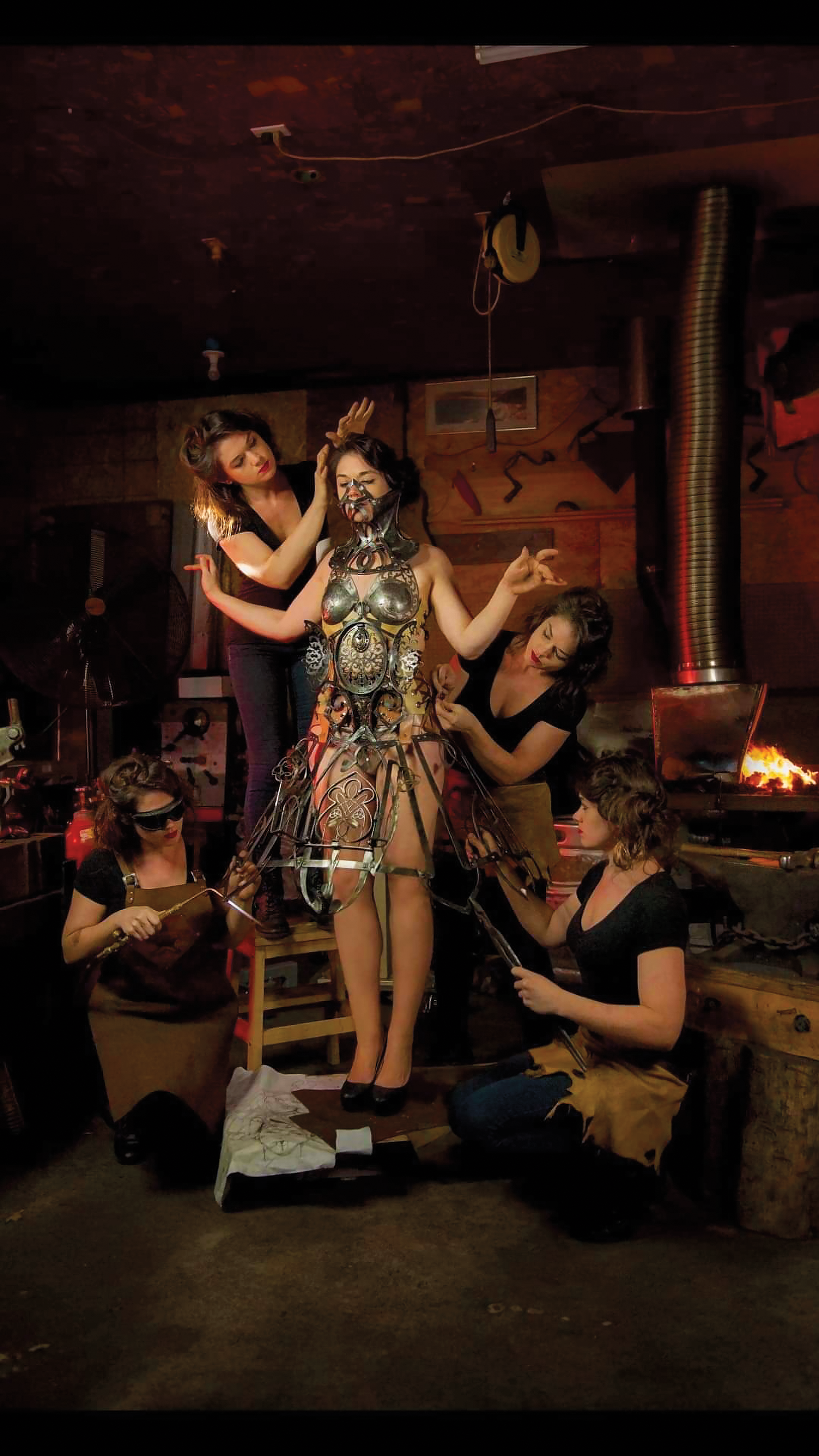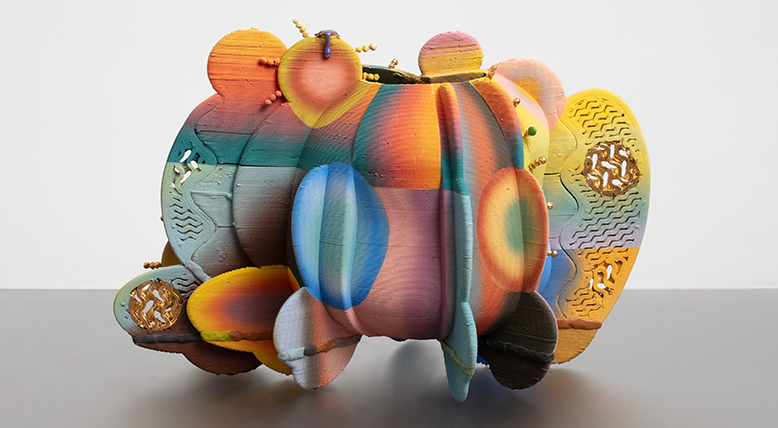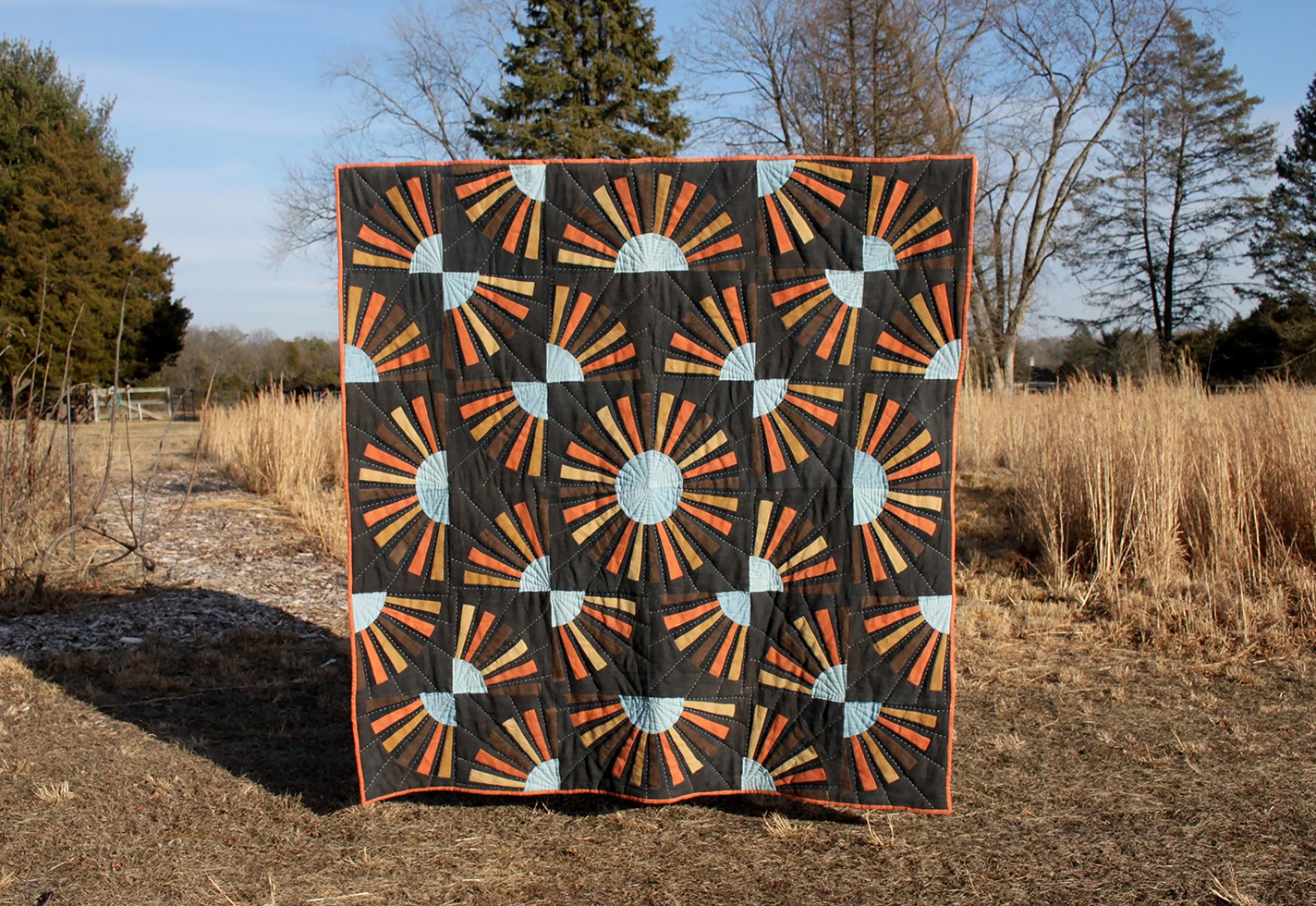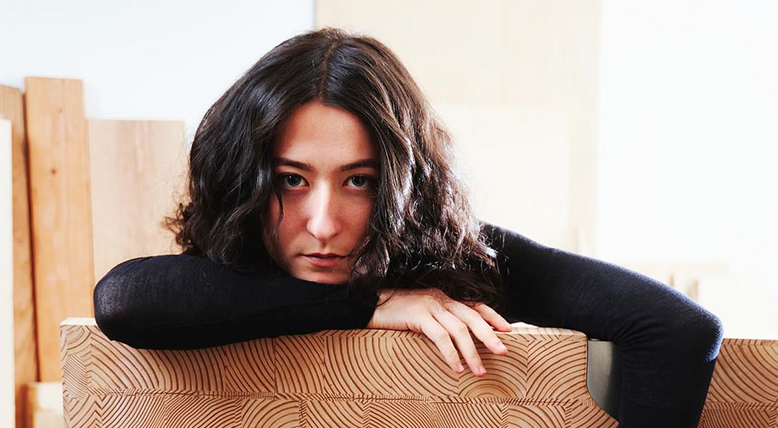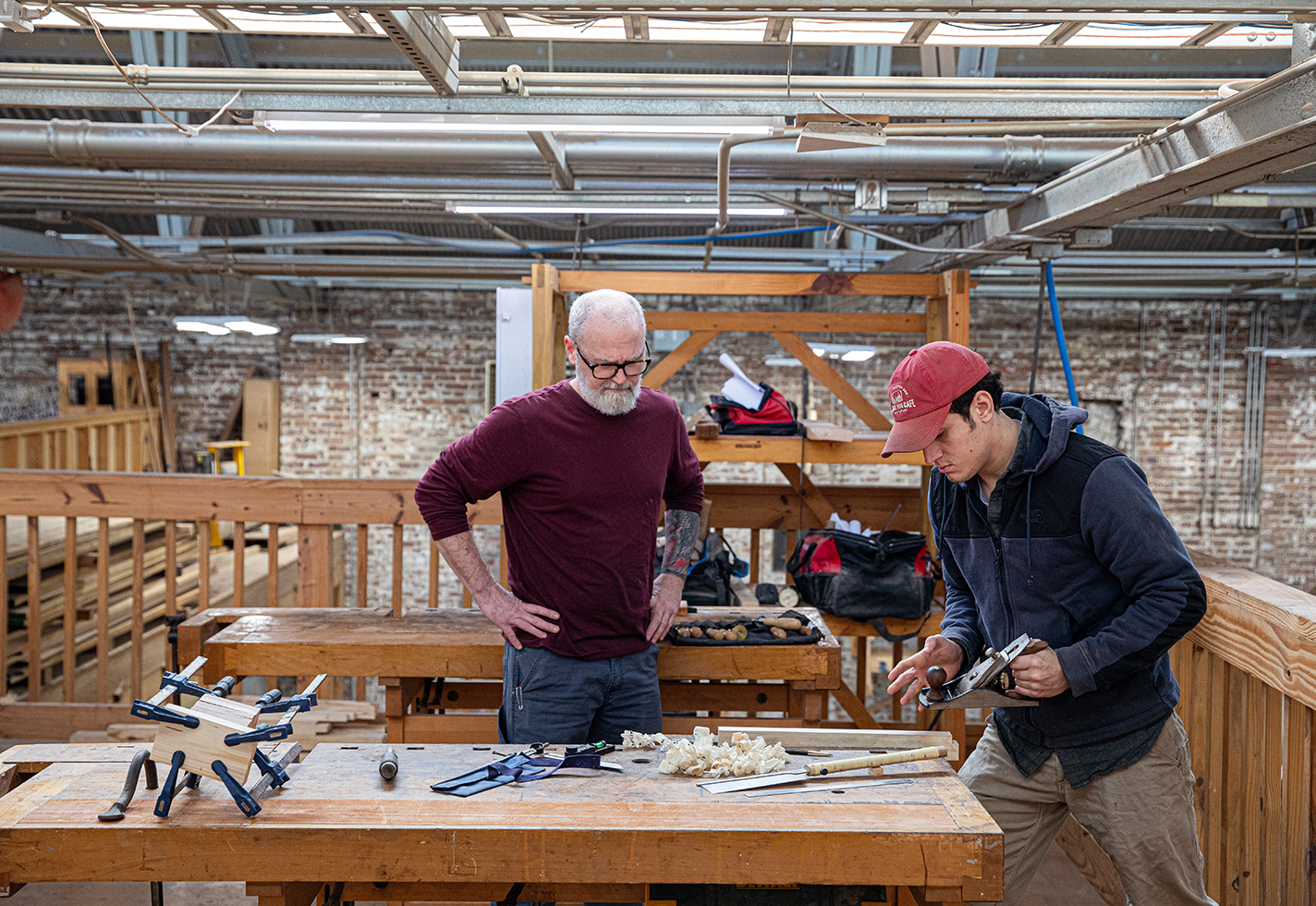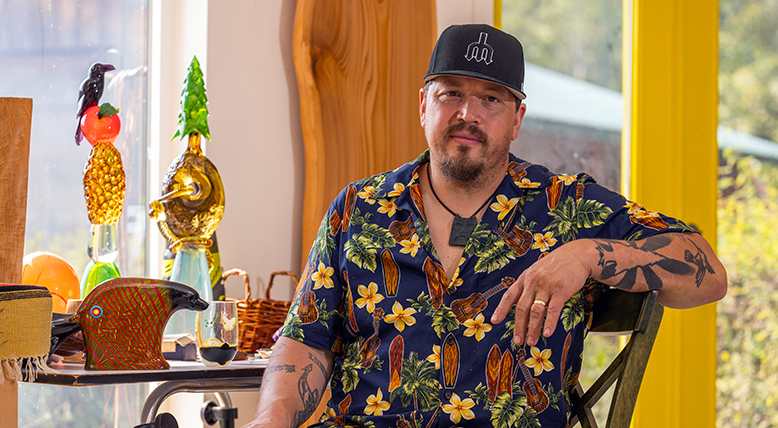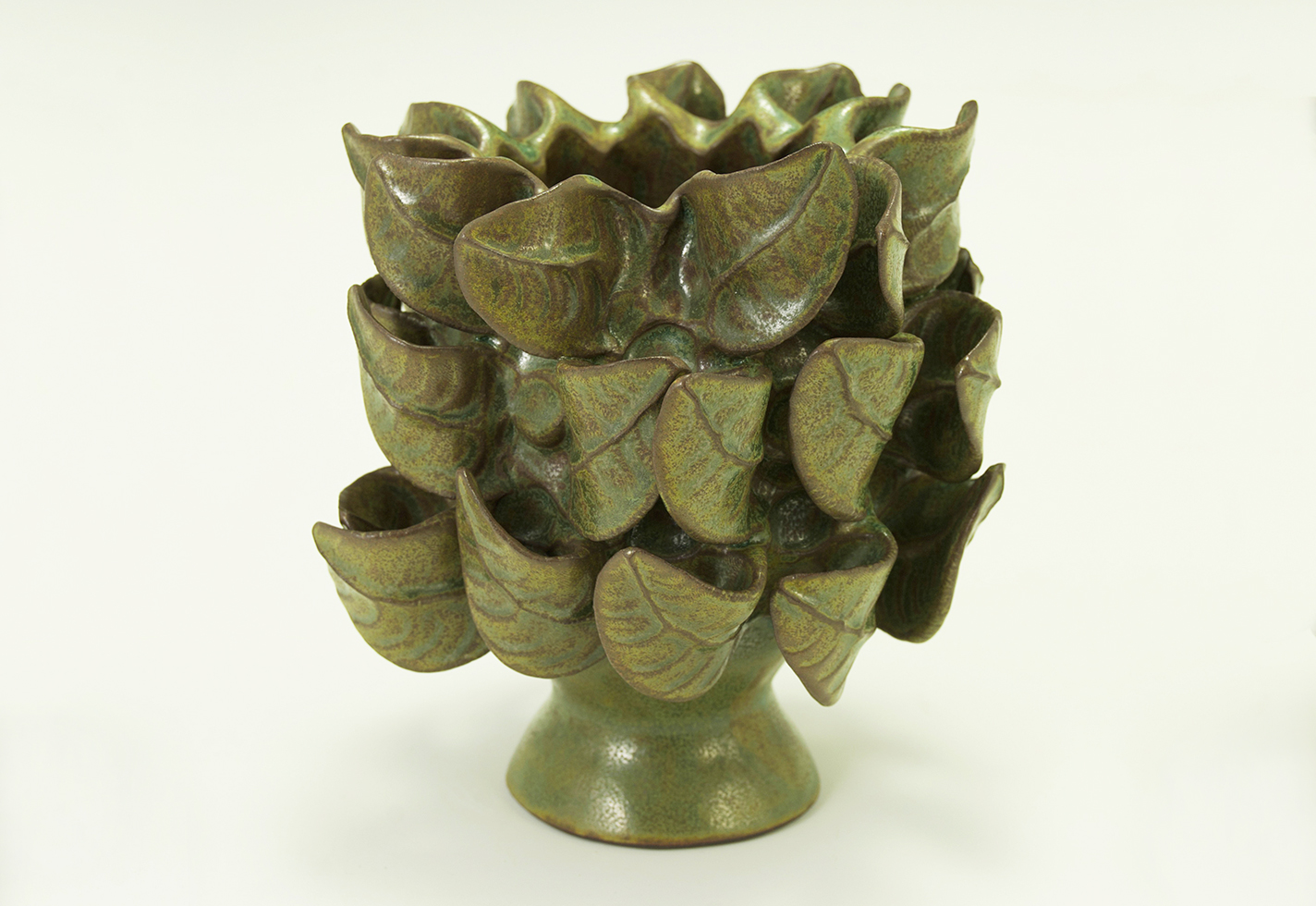Hisses and Cheers
The resistance Durkan has met has also been experienced by the other blacksmiths, in varying ways. The cultural space of blacksmithing includes a broad range of people, from artists to hobbyists to traditionalists to, as Durkan knows all too well, the just plain ornery. Within these ranks, there are some who question artistic experimentation, heaping scorn and disdain on anyone trying something new. They note that a great deal of technical gatekeeping exists within the field, as if there were only one way to be a blacksmith or only one way to utilize a technique.
On the bright side, all three artists point to relationships with other smiths who, either at pivotal moments early in their careers or in an ongoing way as long-term mentors, have been supportive of their unconventional approaches—people such as Elizabeth Meadows, Doug Wilson, and Dick Sargent. These like-minded smiths welcomed and respected their desire to make work that challenged what it means to be a blacksmith.
Sometimes opposed, often supported, David, Brim, and Durkan persist. They work to create welcoming spaces for all comers by teaching workshops, giving lectures, and speaking up about their experiences of harm. David is one of the founding members of the Society of Inclusive Blacksmiths (see page 56), encouraging and welcoming racial and gender diversity in the field. Brim champions the smiths who come through Penland School of Craft as an unofficial ambassador of the school’s Iron Studio, staying connected with and supportive of the many blacksmiths who filter through. Through her activities at cosplay conventions and workshops and her photography, Durkan challenges what blacksmiths look like and where they can show up. The art, the activities, and the beliefs of these fearless practitioners prove that blacksmithing can look ahead to a bright and innovative future.
Rebekah Frank is a studio artist, independent writer, and consultant. Her creative practice focuses on steel, working as a blacksmith, welder, machinist, and jeweler. Her essays can be found on Art Jewelry Forum as well as in Metalsmith magazine and Surface Design Journal.
